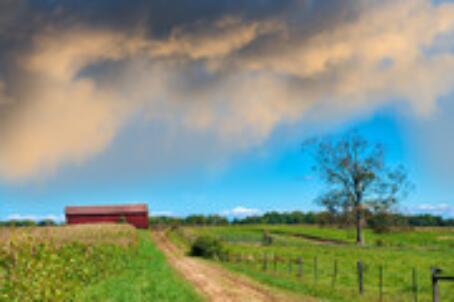The diversity and availability of pollen
foraged by honey bees across urban and suburban areas in the United States
varies drastically with the seasons, according to a study published
June 12, 2019, in PLOS ONE by Juliana Rangel from Texas A&M
University and colleagues.

Honey bee (Apis mellifera) colonies
require a diversity of protein-rich pollen in order to rear healthy brood and
ensure colony survival. During certain seasons, insufficient or poor-quality
pollen can limit brood nutrition. In this study, the authors investigated the
variation in pollen collected by honey bees across developed landscapes in
California, Michigan, Florida, and Texas over the seasons of the year.
The authors tracked 394 sites with at
least two hives each in urban and suburban locations. They placed a pollen trap
at each hive entrance, which passively collected pollen from foraging bees and
sampled it. The researchers used a light microscope to identify pollen grains
to the family, genus, and species level where possible.
NIFA supported this
project with funding from the Hatch Multistate and the Agriculture and Food
Research Initiative.
|







